Features of Android 16 [Release Date]
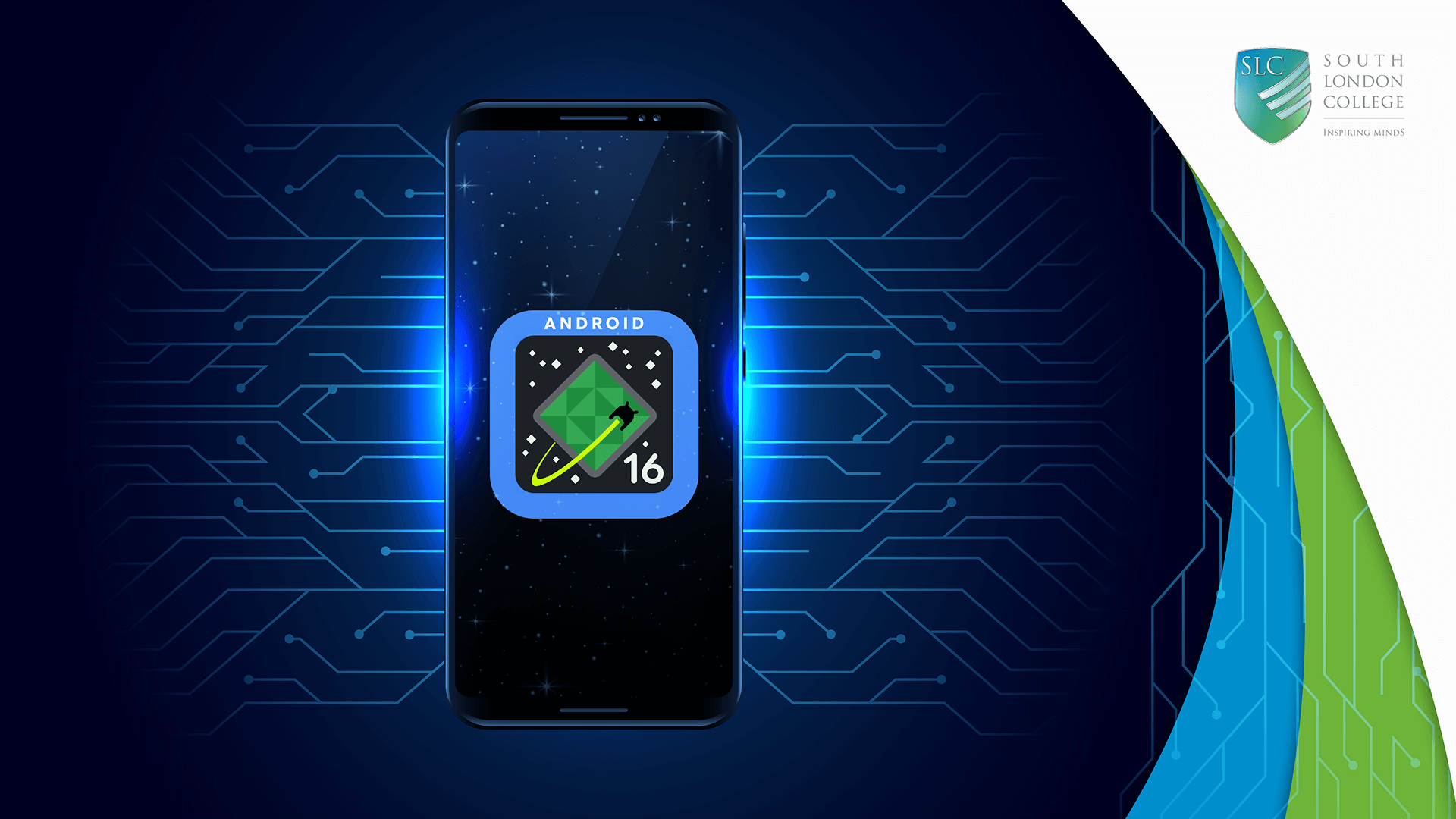
“While the new interface elements in Android 16 may make you feel a little warmer about the mobile-device experience, Google hopes the safety and security changes in this release make you feel safer, even if they also remind you of how many bad actors are lurking out there.” – PCMag UK
Move over, Android 15—Android 16 is here to cause a revolution in your smartphone experience! Google’s newest operating system comes loaded with AI-powered improvements and state-of-the-art security features, set to make a splash in the UK and around the world’s tech scene.
So, when can we expect the big launch, and why is it such a big deal? Let’s dive into the specifics.
Android 16 – What’s All the Fuss About?
Android 16 has people in the tech world talking—but do you know how it all started? Let’s look back at how this game-changing operating system began.
In 2003, Andy Rubin, Rich Miner, Nick Sears, and Chris White started Android Inc. They wanted to create a cutting-edge platform for smarter mobile devices. Google saw its promise just two years later and bought the company for $50 million. This move paved the way for Android to become a leader in mobile technology. Jump to 2007 when the Open Handset Alliance formed—a strong group of 82 companies. This group included big names like HTC, Samsung, and Motorola, phone companies such as T-Mobile and Sprint, and chip makers like Qualcomm and Texas Instruments. This team-up gave Android the edge it needed to take on Apple’s iPhone dominance.
Android has grown into one of the world’s most popular operating systems. Its early versions followed a unique pattern using names of sweet treats in alphabetical order. This tradition ended with Android 10, but internal code names still honour this history
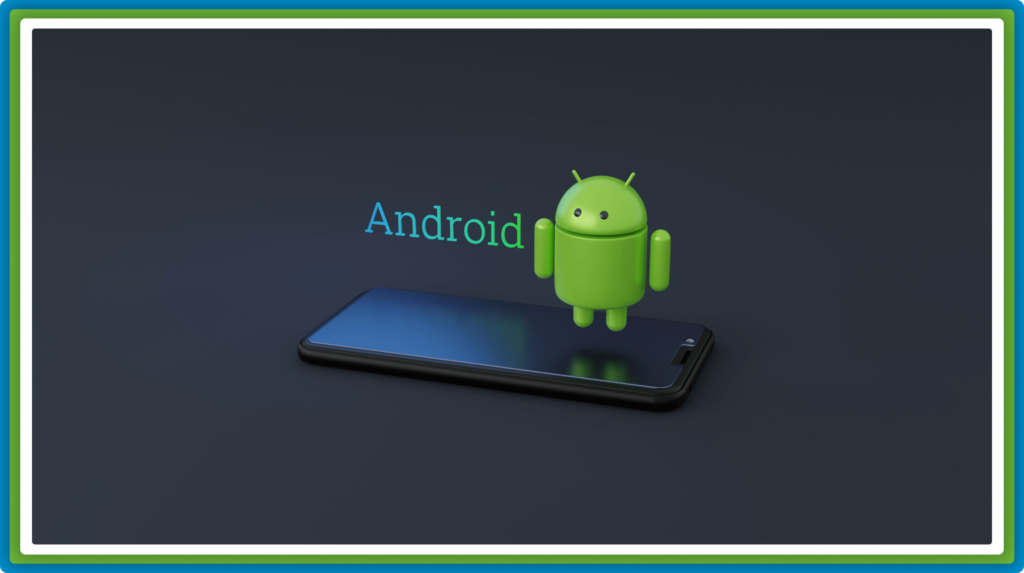
Android Version Timeline – From Android 1.0 to Android 15
| Android Version | Codename | Release Year |
|---|---|---|
| 1.0 – 1.1 | No codename | 2008 |
| 1.5 | Cupcake | 2009 |
| 1.6 | Donut | 2009 |
| 2.0 – 2.1 | Eclair | 2009 |
| 2.2 | Froyo | 2010 |
| 2.3 | Gingerbread | 2010 |
| 3.0 – 3.2 | Honeycomb | 2011 |
| 4.0 | Ice Cream Sandwich | 2011 |
| 4.1 – 4.3 | Jelly Bean | 2012 |
| 4.4 | KitKat | 2013 |
| 5.0 – 5.1 | Lollipop | 2014 |
| 6.0 | Marshmallow | 2015 |
| 7.0 – 7.1 | Nougat | 2016 |
| 8.0 – 8.1 | Oreo | 2017 |
| 9 | Pie | 2018 |
| 10 | Android 10 | 2019 |
| 11 | Android 11 | 2020 |
| 12 | Android 12 | 2021 |
| 13 | Android 13 | 2022 |
| 14 | Android 14 | 2023 |
| 15 | Android 15 | 2024 |
Google plans to push boundaries with Android 16. This version aims to improve user experience, strengthen privacy safeguards, and boost performance creating a new standard for mobile technology. The road ahead for Android looks brighter than ever—are you excited for what’s next?
Android 16 Release Date
Android 16 will launch in June 2025 starting with Google’s Pixel devices. As seen with earlier versions other big manufacturers will send out updates in the months after adapting the OS to their specific custom UIs and device timelines. Brace yourself—Android 16 is coming soon!
What Is Android 16 Called?
Inside Google, Android 16 goes by the code name Baklava —a sweet reference to tradition, but with a change. In contrast to previous versions, which stuck to an A-to-Z dessert-themed naming system, Android 16 steps away from the expected order. People thought Android 15’s Vanilla Ice Cream name meant the next version would start with “W.” But Google changed its plans picking Baklava for Android 16 instead. The new name hints at big changes—Android 16 looks set to bring some exciting updates.

Top 10 Android 16 Features You Need to Know
As Android 16 approaches, Google unveiled its fresh Material 3 Expressive design. This is set to improve the user experience significantly. While some have a major spotlight on them, others receive less attention—although they are equally as interesting. Following are 10 significant features that you might not have noticed previously.
1. Private Important Warnings
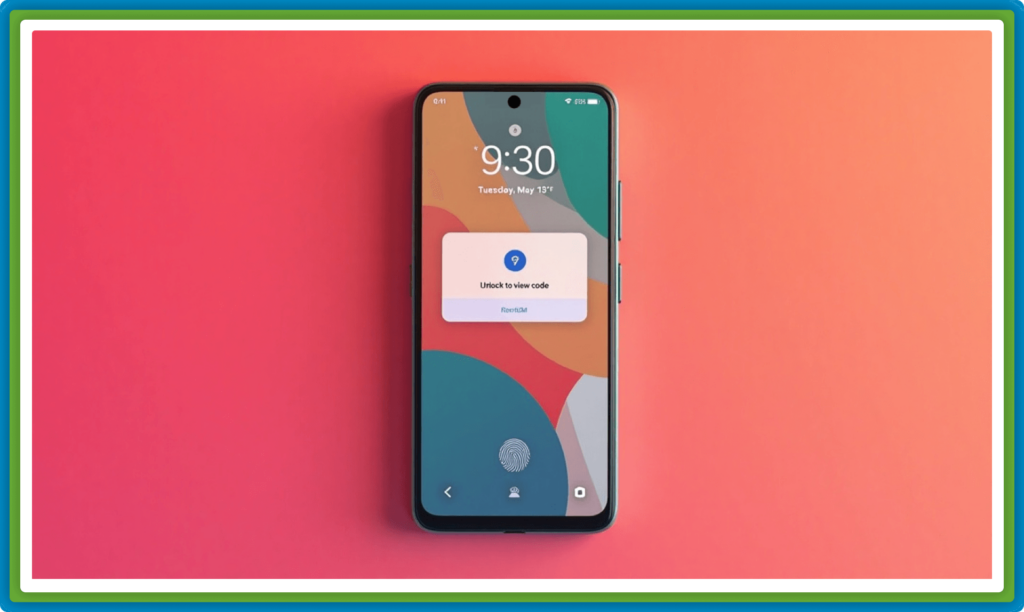
Android 16 is enhancing security by keeping one-time passwords (OTPs) on the lock screen hidden. They will pop up when you unlock the phone, particularly in unusual circumstances, such as if the phone is out of Wi-Fi connection or hasn’t been unlocked for an extended period—i.e., it might be lost or stolen.
2. Call Security in Response to Scammers
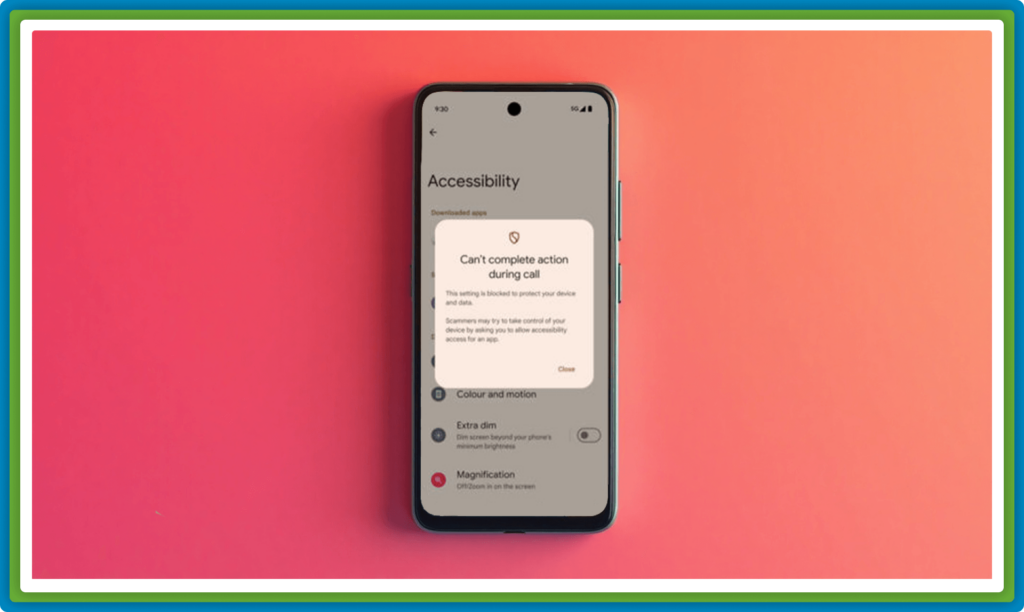
Scammers trick people into altering settings for accessibility or downloading unusual applications while on calls. Android 16 prevents that by blocking those actions while a call is in progress and providing additional security.
3. Improved Quick Settings Panel
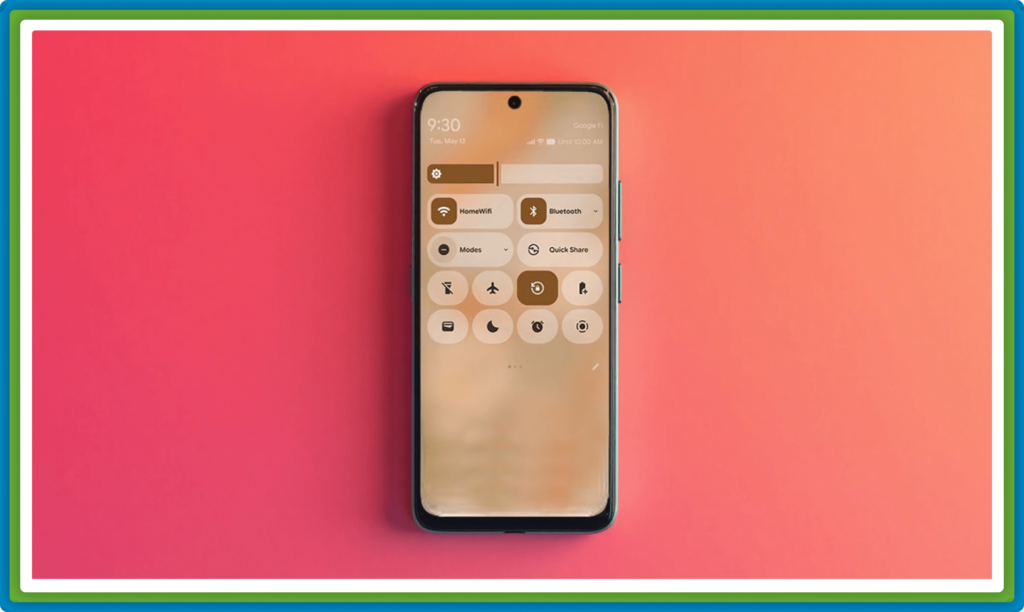
Android 16 Quick Settings also feature resizable tiles and new animations to enable individuals to make their experience more personal. Leaked beta copies even reveal one-touch Wi-Fi and Bluetooth buttons that provide easy access to essential settings.
4. Enhanced Protection Against Malicious Apps
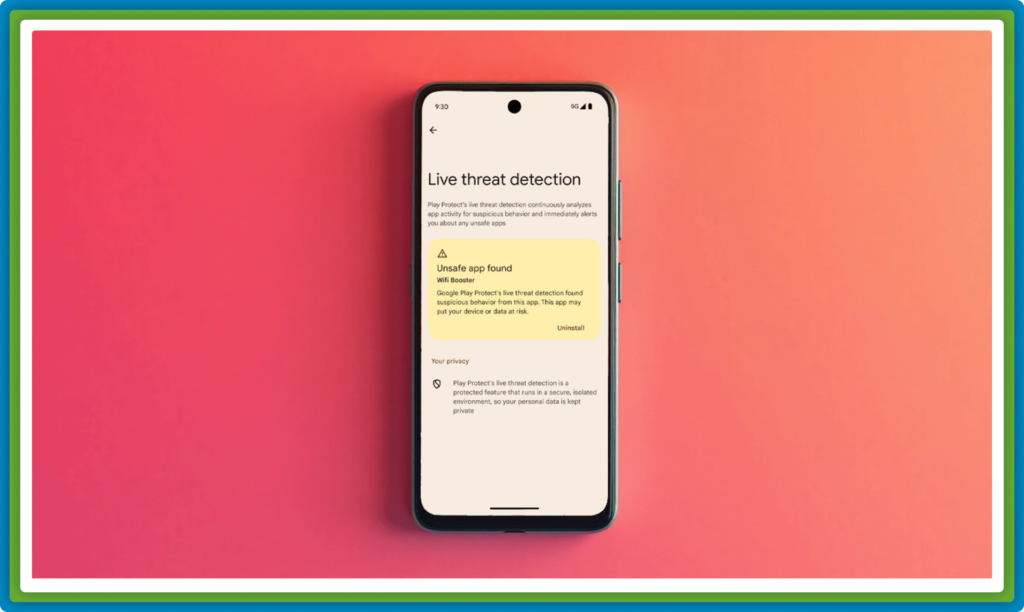
Android 16 introduces new regulations that scan for dangerous software on your phone prior to downloading an application. Android 16 also notifies you if an application modifies its icon because some malicious programmes alter their icons to prevent you from uninstalling them.
5. Remote Lock Security Upgrade
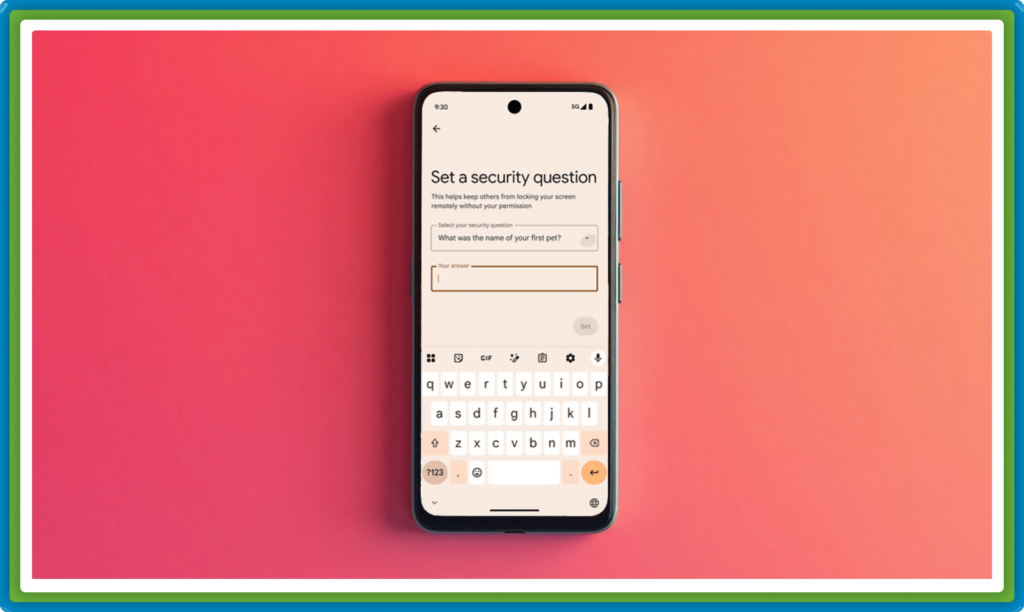
Remote Lock allows individuals to protect their phone if it is stolen or lost. Android 16 introduces an additional feature to insert a security question. This increases the challenge factor for an individual who logs into their Google account so that their phone is locked.
6. Simplified Animation
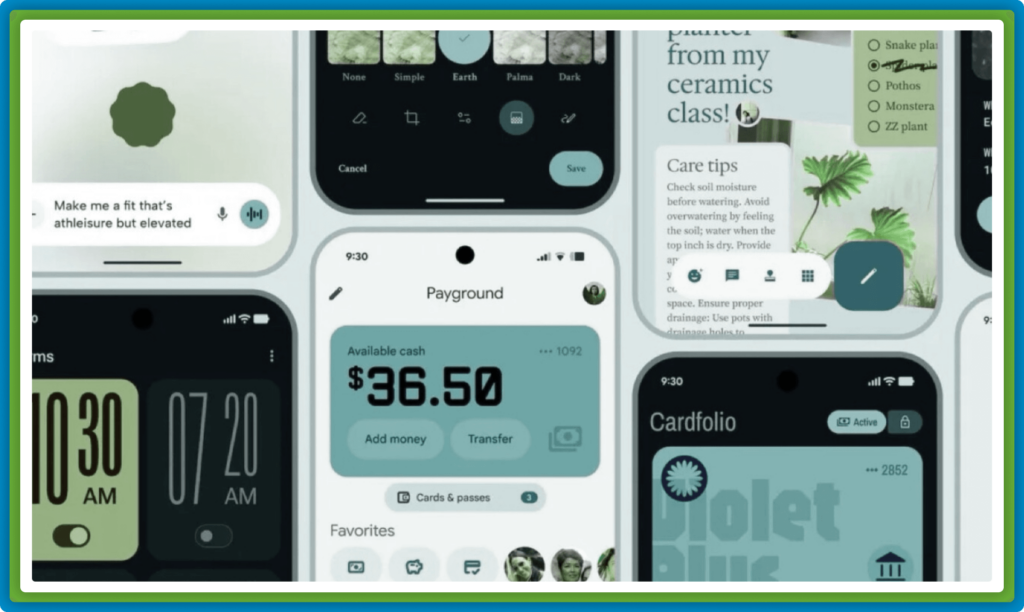
Smooth and colourful animations on Android 16 are a pleasure to use. Google’s all-new motion physics engine based on that of OnePlus phones’ OxygenOS makes it more pleasant to swipe notifications and switch the volume slider.
7. Additional Colours for Personal Touch
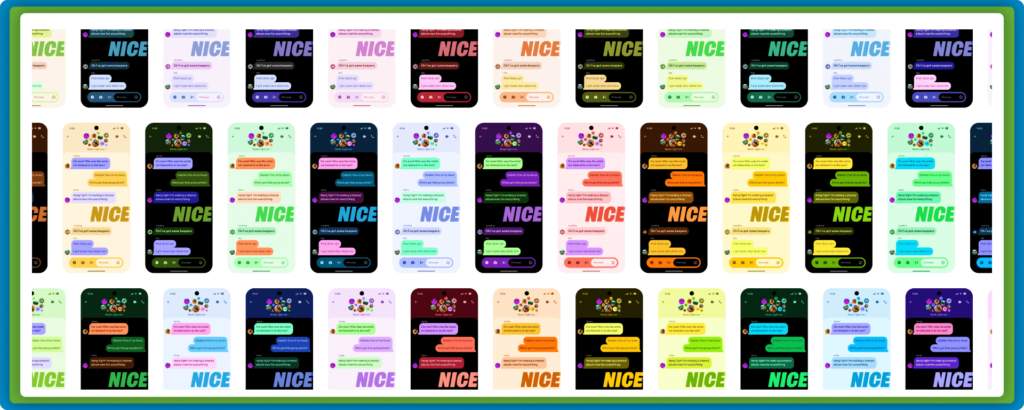
Google is enhancing its Material 3 Expressive design with more vibrant colour options for the Home and Lock screens. The update allows for better contrast between main and secondary colours, making user interface customisation more vibrant and appealing.
8. Real-Time Tracking News Updates
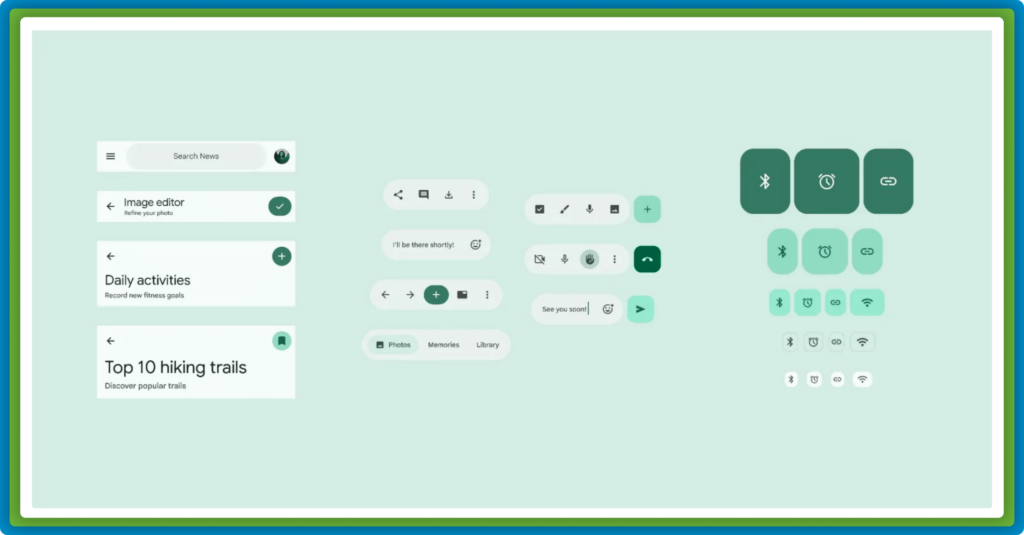
Live Updates on Android 16 provide app status in an easy-to-view notification bar similar to Apple’s Dynamic Island. Now it’s even easier to get caught up with up-to-date information from apps such as Google Maps or UberEats.
9. Easy Reading with Improved Text Style
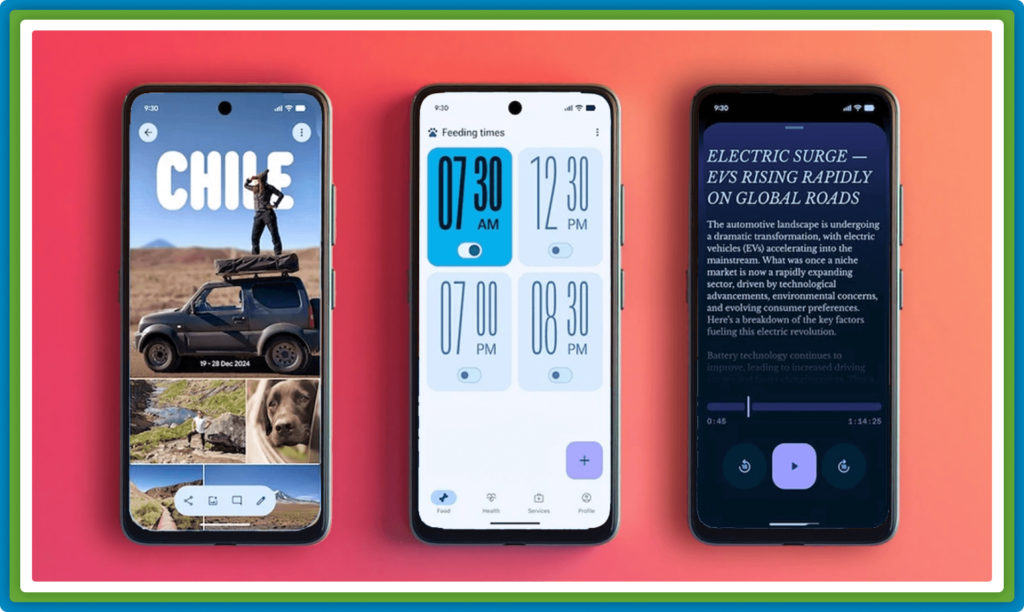
Material 3 Expressive is transforming typography to render the interface more readable and more pleasant to stare at. New text styles can be added to applications by developers, making reading simpler throughout Google services.
10. A New Way to Look at Change

Material 3 is easy to understand, and Android 16 enhances animations through a spring-based system for physics-driven movement, gestures, and transitions. These dynamic interactions will enable developers to refresh applications and icons to render them as fresh and engaging as possible.
Android 16 vs. iOS 18 – Which OS Wins for UK Users?
The competition between Android and iOS is heating up once more, and with Android 16 and iOS 18 on the way, UK users are in for a tough choice. Let’s dive into their standout features and explore why Android 16 might just come out on top.
AI & Smart Features – Android 16 Takes the Lead
Android 16 fully embraces Google’s Gemini AI, bringing advanced on-device intelligence, support for UK English dialects, and contextual awareness. This means it can better recognise British landmarks, slang, and local services. On the other hand, iOS 18 relies on Apple Intelligence, but Siri still struggles with regional accents and doesn’t quite match Google Assistant’s real-time translation capabilities. So, who wins? Android 16—its AI is simply more in tune with the everyday needs of UK users.
Security & Privacy – A Tight Race
Android 16 steps up its security game with fraud protection specifically designed for UK banking apps, enhanced theft detection locks, and expanded biometric authentication options like face and fingerprint unlock. Meanwhile, iOS 18 bolsters Apple’s end-to-end encryption and rolls out new privacy controls, but Android has definitely closed the gap. The verdict? It’s a tie—Apple’s ecosystem security is still strong, but Android’s UK-specific banking protections give it a significant edge.
Ecosystem Flexibility – Android’s Open Advantage
Android 16 continues to shine with its extensive customisation options, side-loading capabilities (which are fantastic for UK developers and power users), and better integration with third-party services like Microsoft and Samsung. In contrast, iOS 18 sticks to Apple’s polished but restrictive closed ecosystem. With alternative app stores not widely available in the UK yet, user flexibility is limited. So, who takes the crown? Android 16—ideal for those who prioritise freedom over Apple’s curated experience.
Why might UK users lean towards Android 16?
- Better 5G & Signal Optimisation – Perfect for those tricky rural areas in the UK.
- Localised AI Features – Google gets the “queueing” culture way better than Siri does.
- More Affordable Hardware – When it comes to Pixel vs. iPhone, Android definitely takes the crown on price.
- Faster Feature Rollouts – UK carriers often hold back iOS updates longer than Android ones.
What’s New with Android 16 in the UK?
Google’s Android 16 update is making its way around the globe, but UK users can look forward to some special tweaks designed just for them—think carrier optimisations, AI upgrades, and incentives for developers.
Carrier-Specific Tweaks (EE, Vodafone, O2 & More)
UK networks usually sprinkle in their own unique features with Android releases. Here’s what you can expect:
- EE – Speedy 5G optimisations that focus on low latency for gaming and streaming.
- Vodafone – Better integration with “Together” plans, making cloud backups a breeze.
- O2 – Possible perks through “O2 Priority,” which might include early access to the Android 16 beta.
- Three – Data-saving modes crafted specifically for unlimited plans.
Pro Tip – Some UK carriers might lag behind on updates, but Pixel devices will be the first to snag Android 16!
UK-Centric AI Features – A More British Experience
Android 16’s AI is tailored for UK users, offering localised enhancements:
- Dialect & Slang Recognition – Google’s Voice Assistant now gets regional accents (like Scouse and Geordie) and phrases like “innit” or “minging.”
- Local Service Integrations – Quick access to NHS health alerts, TfL transit updates, and Just Eat/Deliveroo suggestions via Google Now.
- UK-Specific Privacy Updates – Stronger GDPR compliance, with clearer cookie tracking controls for UK/EU regulations.
Impact on British Developers & Businesses
Android 16 isn’t just a win for users—it’s a chance for UK tech innovation:
- Monetisation Boost – New Play Store policies could benefit UK indie developers, potentially lowering fees for small businesses.
- AI APIs for Apps – UK startups can tap into Google’s AI to create hyper-local applications, like London tourism guides that feature AR translations.
- Security Enhancements – UK fintech apps such as Revolut and Monzo are set to gain from improved encryption, enhanced fraud detection, and AI-driven security upgrades.
Worldwide Impact – How Android 16 Changes the Game
Android 16 isn’t merely another software update, it represents a significant shift in how users engage with their smartphones. The effects will differ by region, influencing mobile experiences in unique ways across the US, UK, Asia, and emerging markets.
US vs. UK vs. Asia – Feature Variations & Market Reactions
Google tailors Android updates to meet regional demands, ensuring that users around the globe enjoy distinct advantages.
| US Focus | UK Enhancements | Asia’s Edge |
|---|---|---|
| AI & Privacy Wars – The integration of Gemini AI is intensifying, putting it in direct competition with Apple Intelligence. | NHS & Transit AI – Quick access to health alerts, TfL updates, and National Rail integrations will be at users’ fingertips. | Ultra-Affordable Mode – Lite versions designed for budget devices (think Oppo, Xiaomi). |
| Carrier Bloatware – Verizon and T-Mobile might introduce exclusive apps, like mmWave 5G boosters. | Stronger GDPR Compliance – Users will see clearer options for data-tracking opt-outs, aligning with UK/EU privacy laws. | Local App Dominance – There will be deep integrations with regional messaging apps like WeChat and JioChat. |
| Regulatory Battles – Stricter sideloading regulations are on the horizon due to ongoing antitrust issues. | EE/O2/Vodafone Perks – Carrier-specific 5G optimisations and app integrations will enhance user experience. | Dual-SIM Mastery – Enhanced support for users with multiple networks. |
Market Reaction
- US – Tech media will likely hype up AI advancements but will also criticise delays imposed by carriers.
- UK – If battery life and privacy protections meet expectations, strong adoption is anticipated.
- Asia – Rapid uptake is expected in India, while China may see slower adoption due to competition from Huawei’s HarmonyOS.
Emerging Markets – Affordability & Accessibility Upgrades
Android is the go-to choice in price-sensitive areas, and with Android 16, it’s all about making things more accessible:
- “Go Edition” Optimisations – Enjoy smoother performance even on devices with 4GB RAM or less.
- Offline AI Tools – Voice typing and translation without needing the internet? That’s a game-changer for folks in rural India and Africa.
- Data-Saving Modes – Users can save 30% on background data, which is a big win for Vodacom and Airtel customers.
Why It Matters
As Apple struggles to make a mark in the sub-£300 market, Android 16 might just be the key to unlocking the next billion users, reinforcing its status as the leading mobile OS globally.
Could Android 16 be the update that finally wins over iPhone fans? The tech world is about to find out.
Apple vs. Android – Will Android 16 Finally Tempt UK iPhone Users?
The age-old rivalry between Android and iOS is heating up with the arrival of Android 16. But will it be enough to sway Brits to switch sides?
Where Android 16 Has the Edge
- Price Advantage – Get flagship features from Pixel for nearly half the price of an iPhone 16.
- Customisation Freedom – UK users love to make their devices their own—iOS can feel a bit limiting.
- AI Superiority – Google Gemini vs. Siri? There’s really no contest—Android’s AI is miles ahead.
Apple’s Defences
- iMessage Lock-In – Those blue bubbles still rule UK group chats, making it tough to switch.
- Higher Resale Value – iPhones tend to hold their value better on sites like eBay and Facebook Marketplace.
- Ecosystem Loyalty – With AirPods, MacBooks, and Apple Watches, Apple users are pretty attached to their devices.
Verdict
Android 16 has a real shot at attracting UK switchers, but Google needs to ramp up its marketing to showcase its advantages.
Will Brits be ready to embrace the change, or will Apple’s ecosystem keep them tied down? The battle rages on.
Which Phones Get Android 16?
Looking to find out which phones will get Android 16? Well, you’re in luck! This exciting update is set to roll out on a variety of premium and high-end smartphones, starting with these models:
- Google Pixel – Pixel 6 series and newer
- Samsung – Galaxy S22 series and later
- Xiaomi – Xiaomi 14 series and beyond
- OPPO – Find X8 and newer devices
- vivo / iQOO – vivo X200 Pro, iQOO 13, and later models
- realme – realme GT 7 Pro and its successors
- HONOR – Magic 7 Pro and newer options
While the flagship models will be the first to receive Android 16, mid-range smartphones are expected to catch up by late 2025, depending on their hardware capabilities and the updates from manufacturers. Is your device on this list?
Final Thoughts
With its AI-driven features and upgrades tailored for the UK, Android 16 is more than just another update—it’s a significant step into the future.
Conclusion
Android 16 isn’t just an upgrade, it’s a true game-changer. With its advanced AI, unique UK features, and global accessibility, it’s set to shape the mobile experience of 2025. What feature are you most excited about? Share your thoughts in the comments, and let’s chat! And if you’re a tech lover, don’t forget to check this out for even more insights.
This is not about a tech thing, but it’s as big as technology
If you are already in the childcare field or are looking for a career that pays well, this free childcare course with a certificate is for you.





0 responses on "Features of Android 16 [Release Date] "